While most exhibitions have
gone digital, Re-rooting did not. Its vast array of subtle, elegant and
restrained constellations brings revelation, solace, and inspiration to the
multitudes of other valid perspectives in observing our connection to the
earth, our literal roots.
اضافة اعلان
Rolling out across the beautifully renovated
buildings of
Darat Al Funun-The Khalid Shoman Foundation, the exhibition, which
opened its doors on March 1, remains open for visitors till June 30.
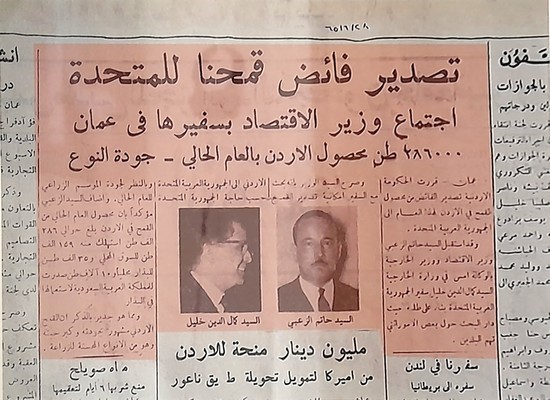
It investigates the reasons for people’s current
separation from the land through a number of projects featuring Jordan’s most
pressing crises: agriculture, water, food insecurity , and waste of land, and
unveiling a continuous narrative reel of time, memory, disappearance, theft and
erasure.
“They play on predicted and imagined futures to
reflect on the loss of resources, land, seeds, knowledge, power, and agency.
Within this ‘earth memory’, we are learning about the power of indigenous
practices and knowledge, as well as storytelling and mythology, in providing
cues to alternatives for reversing the current state of ‘unlivability’
characterized by exhausted geographies, imposed scarcities, unjust economic
systems, and an irreversible degradation of natural landscapes,” an exhibition
statement says.

The exhibition curated by Rana Beiruti; it
features the works of over 20 established contributors with different art
backgrounds, different approaches and different styles.
The exhibition is arranged over halls spanning the
several buildings of Darat Al-Funun, in a distinct yet cohesive and harmonious
mise-en-scène, which shows the visitors what once was and what might soon
become.
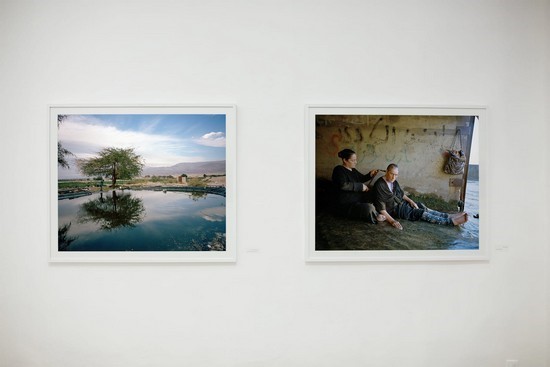
The tour starts at the Ghorfa, which hosts the
Taghmees Social Kitchen’s “Learning Soils” which is a series of films building
a path of learning rooted in life, a celebration of diversity and abundance,
and a way of life that contradicts the dominant narrative. Outside the Ghorfa,
there is an installation of sheep feeders that showcases the diminishing
grasslands due to urbanization, and how shepherds are increasingly reliant on
supplementary feeding, which puts a strain on
farmers’ autonomy, animal health,
and the environment.
Moving into the
main building, the exhibition depicts Jordan’s relationship with its primary
staple food, wheat, once an integral part of the culture that is now on the
verge of disappearing. It also features works of other Levantine indigenous
crops that are becoming critically endangered, such as wild pistachios,
junipers and goldilocks, a plant that thrives in the heat and drought of
summer, epitomizing the life that persists even in the harshest and driest of
times and places.

The exhibits also depict the attempted erasure of
the Palestinian indigenous connection to the land as a result of settler
colonialism, as opposed to the original Canaanite tradition which saw trees as
sacred. These installations shed light on the thriving citriculture of Jaffa,
which was in full bloom prior to the British Mandate and the subsequent
Israeli settler colonialism.
Other installations
explore how food becomes a form of resistance and resilience, and how cooking
and eating becomes a performative act of the memory’s power and intransigence.
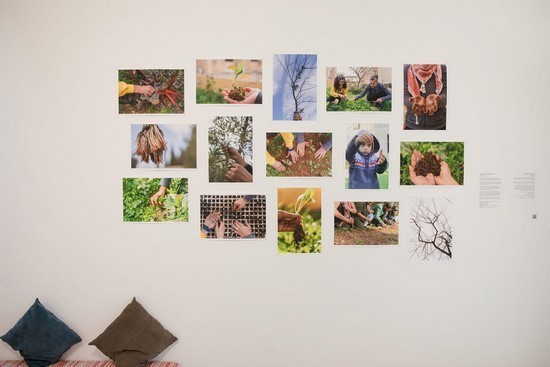
The
Blue House
houses several works on water-politics, such as Nadia Bseiso’s “Infertile
Crescent” saga, which illustrates what happened to the “fertile land” which
once was the cradle of civilization, the paradise of biodiversity with its
marshlands and rivers that shaped the progress of humanity now dry and burnt in
turmoil.
The first chapter
explores the Salvation Pipeline:
Red Sea-Dead Sea, the 180-km route of the
controversial pipeline, while the second chapter delves into the complexities
of Jordanian geopolitics through its northern border, where traces of fertility
are drawn in its rich landscapes.
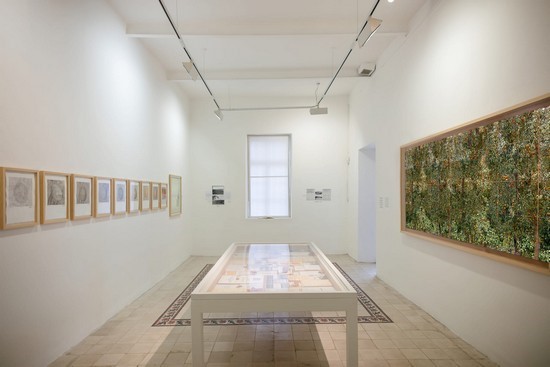
“The exhibit is
different from what I thought it would be. It was eye-opening as I did not know
half of what is displayed. The art works portray the story of this region,” a
visitor said while leaving the exhibition.
It is hoped that
the visual representations and high artistic sense exuding from this exhibition
will lead to community interaction and help preserve the earth’s resources for
future generations.
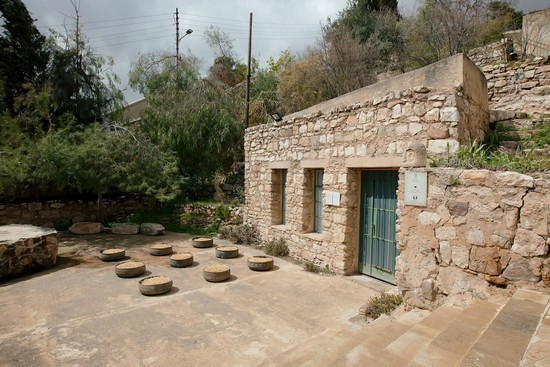
When history, heritage, art, the environment, and
eco-activism are enmeshed in color, it is difficult to tell where one begins
and the other ends.
Read more Culture and Arts
Jordan News



